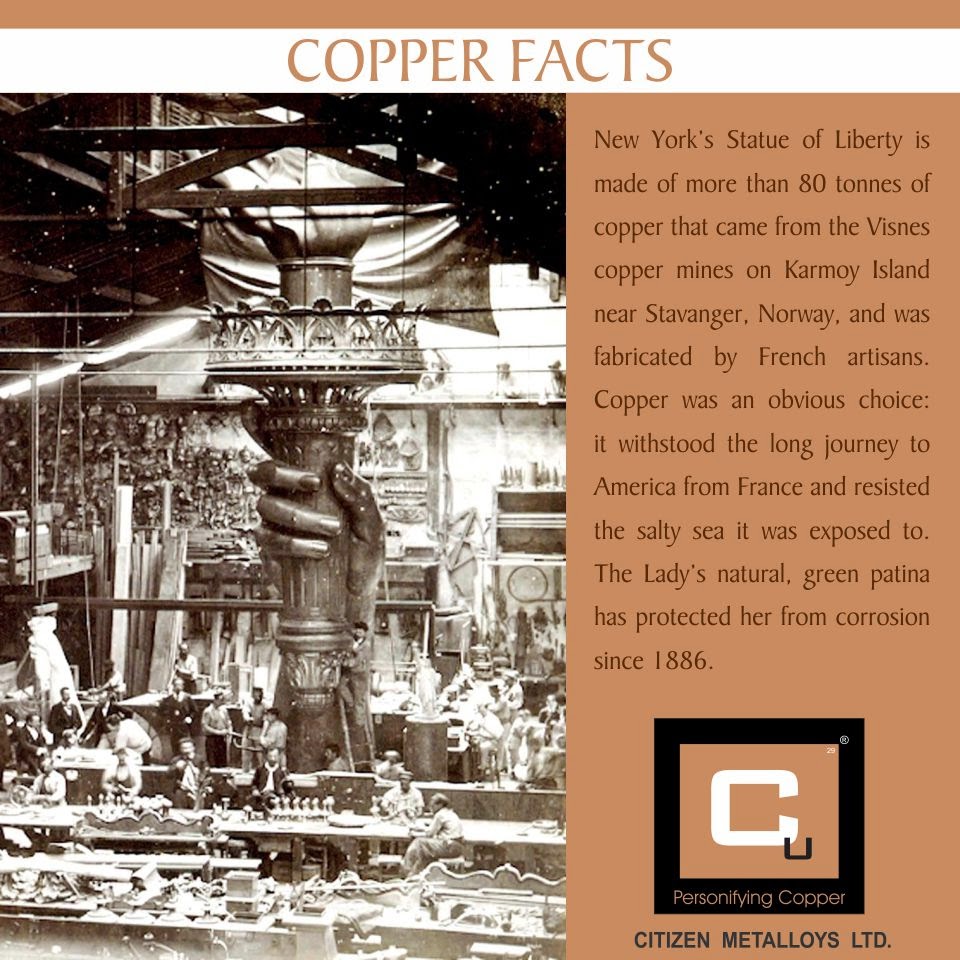Energy is at the core of economic
development and in the two defining moments of world economic history, the
agricultural revolution and the industrial revolution, energy played a crucial
role. In the former, through the development of agricultural techniques, human
societies began to harness energy from the sun on a massive scale. In the
latter, industrial processes have been developed through the exploitation of
solar energy stored in fossil fuels.
There are two types of Electricity, Static
Electricity and Current Electricity. Static Electricity is made by rubbing
together two or more objects and making friction while Current electricity is
the flow of electric charge across an electrical field.
Static electricity is when electrical
charges build up on the surface of a material. It is usually caused by rubbing
materials together. For Example rub a balloon on a wool and hold it up to the
wall.
Current Electricity
Current is the rate of flow of electrons. It
is produced by moving electrons and it is measured in amperes. With
electricity, current is a measure of the amount of energy transferred over a
period of time. That energy is called a flow of electrons. One of the results
of current is the heating of the conductor. When an electric stove heats up,
it's because of the flow of current.
The past decade has seen a rapid expansion
of power lines across India, with laggard states catching up with the rest of
the country in electrifying villages that had remained in the dark so long.
Yet, most states which saw a sharp growth in rural electrification between
2004-05 and 2013-14 have seen little increase in actual power consumption in
rural areas, according to consumption data recently published by the National Sample
Survey Office (NSSO).
The faster pace of electrification has not
changed the lives of the average citizen in these states much. Madhya Pradesh,
which has been projected as a model of electrification, with nearly all its
villages electrified by 2011-12, shows a fall of 0.4 units in rural per capita
consumption of electricity between 2004-05 and 2011-12 against a national
increase of 3.4 units in rural per capita power consumption over the same
period. Several northeastern states which saw rapid rural electrification
during this period also saw a decrease in per capita consumption of electricity
over this period.
Top states which took a big leap in rural
electrification over the past few years don’t fare well when it comes to gains
in rural power consumption (see chart). Between 2004-05 and 2011-12, Jharkhand
claims the most rapid pace of electrification of its villages, with an
impressive 89% villages electrified by 2011-12, a jump of 56 percentage points
over 2004-05. However, the consumption of electricity per capita in the state
has risen by a mere 1.5 units.
Rural electricity access in India is
currently inadequate for needs of the rural population, and there is observed
and revealed willingness to pay for better electricity supply. The Indian
government is pursuing large scale initiatives towards greater access mainly
through grid expansion. The correct combination of financial support mechanisms
and adjustments in the regulatory framework could allow innovative approaches
to rural electrification to thrive alongside the centralized grid expansion
approach.










.jpg)



